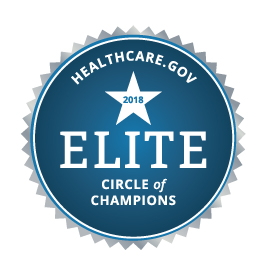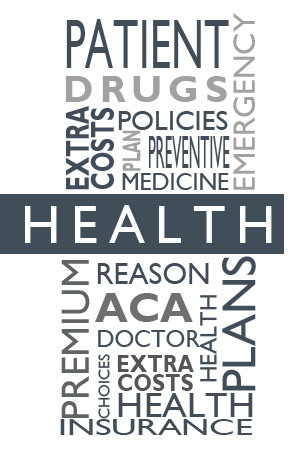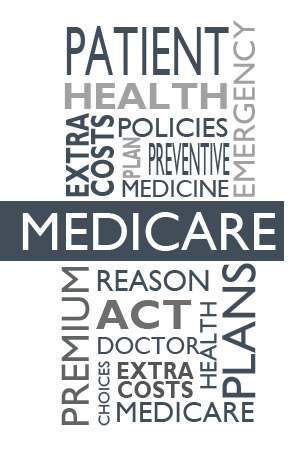Health Insurance
About this tool
This tool provides an easy way to compare health insurance quotes for individual health plans. Individual health insurance plans are policies you buy on your own, rather than through work. This tool shows plans that are offered through state and federal health insurance marketplaces. These are only health plans for which you can get tax subsidies to lower your monthly payments, if you qualify.
When to buy health insurance
You can only sign up for health insurance during open enrollment. Open enrollment for 2017 health insurance marketplace plans ended Jan. 31, 2017. Outside of that time window, the only way to buy individual health insurance is to qualify for a special enrollment period.
Why buy health insurance
The federal Affordable Care Act requires that all Americans (with few exceptions) buy health insurance, or be subject to a tax penalty. For 2017, that penalty could be 2.5% of your household income or more.
But also, having health insurance is the best way to protect your family from high medical bills. If someone in your family gets sick or is injured, hospital costs could quickly reach thousands — or hundreds of thousands — of dollars.
How to compare plans
Finding the right plan for you and your family is just as important as getting covered in the first place. You may have several plans to choose from, depending on where you live. To make comparing medical insurance plans easier, policies are grouped into metal tiers: bronze, silver, gold or platinum.
You can think of the metal tiers similarly to how you think of the actual metals. The tiers relate to value, so the more valuable the metal, the more richly it reimburses your medical expenses.
Health insurance plan cost breakdown by tier
| Metal tier | Portion you pay out of pocket | Portion of bills your plan pays |
|---|---|---|
| Bronze | 40% | 60% |
| Silver | 30% | 70% |
| Gold | 20% | 80% |
| Platinum | 10% | 90% |
Within those tiers, the monthly premiums — how much you pay to have health insurance — should be relatively similar. The most popular health insurance marketplace plans are silver plans, with 70% of consumers choosing a silver plan.
However, there’s much more to comparing health insurance quotes than looking at premiums. Deductibles, copays and coinsurance might all be different, so you’ll want to take a close look at those out-of-pocket costs while you compare.
The plan’s deductible — which is how much you must pay out of pocket before the plan starts to pay a portion of the costs — will appear next to the premium of any plan you look at. If someone on the plan goes to the emergency room or needs a lot of health care services, you’ll likely have to pay that amount toward care in 2017. For an emergency room visit or expensive treatment, you could be charged the deductible all at once, so there is a risk if you choose a plan with a high deductible.
If someone in your family relies on a prescription medication, pay special attention to prescription coverage. If that drug is an expensive one, you may have to pay full cost for it until the deductible is met, and a coinsurance percentage after that. Ask yourself: Would it be a better deal to pay a higher monthly premium in exchange for a flat copay each time you need to refill at the pharmacy?
Last but not least, check the plan’s provider network to make sure there are doctors and hospitals near you who take that plan. If you go out of the network to receive care, you might have to pay full price, whether you knew you went to a non-network provider or not. If you have a doctor you like, also make sure he or she accepts your medical insurance plan.
How much you pay when you go out of network and how many doctors are in your network will depend on which type of plan you get. Your plan type will also determine whether you need a referral from your primary doctor before you see a specialist.
Complete the Below quote request form and we will be in contact with you shortly.



Drop us a line anytime at
[email protected],
and we’ll get back soon.




